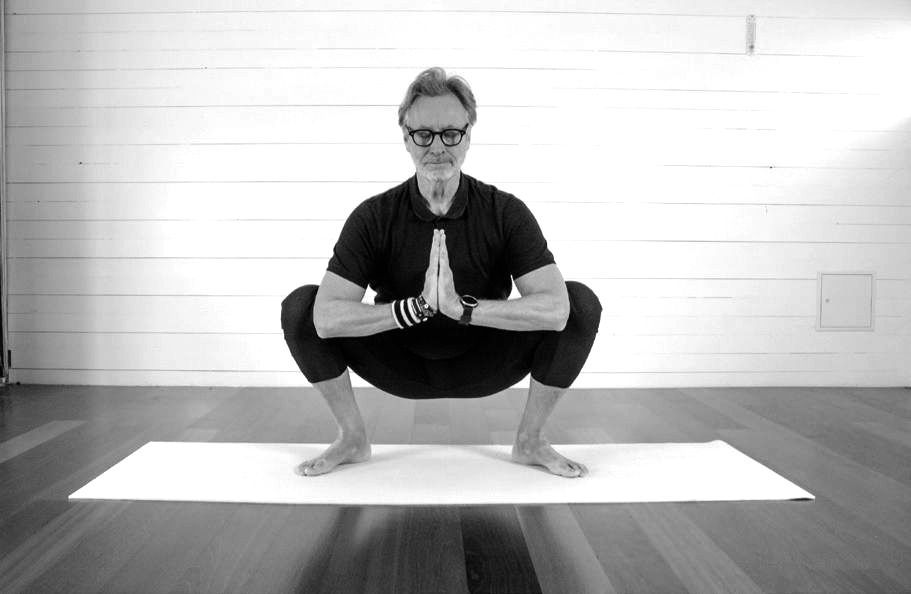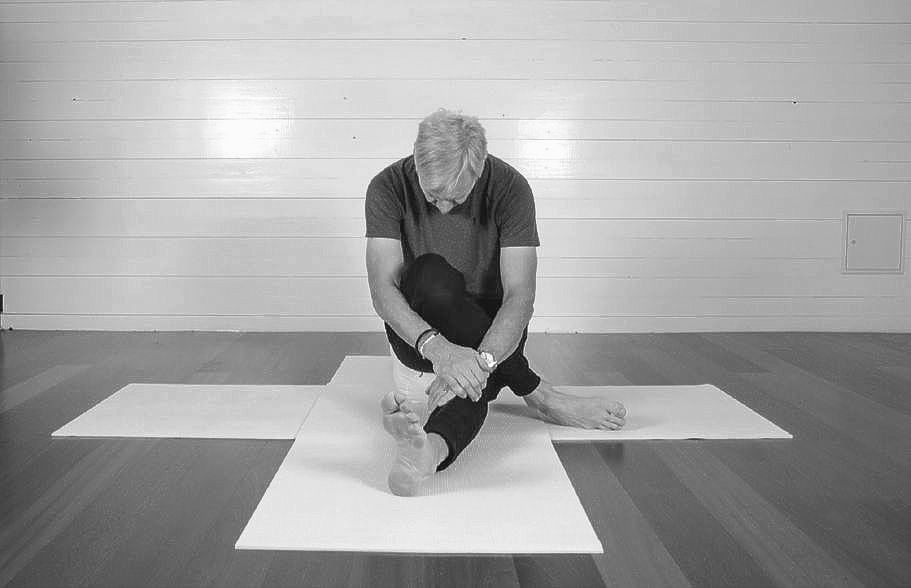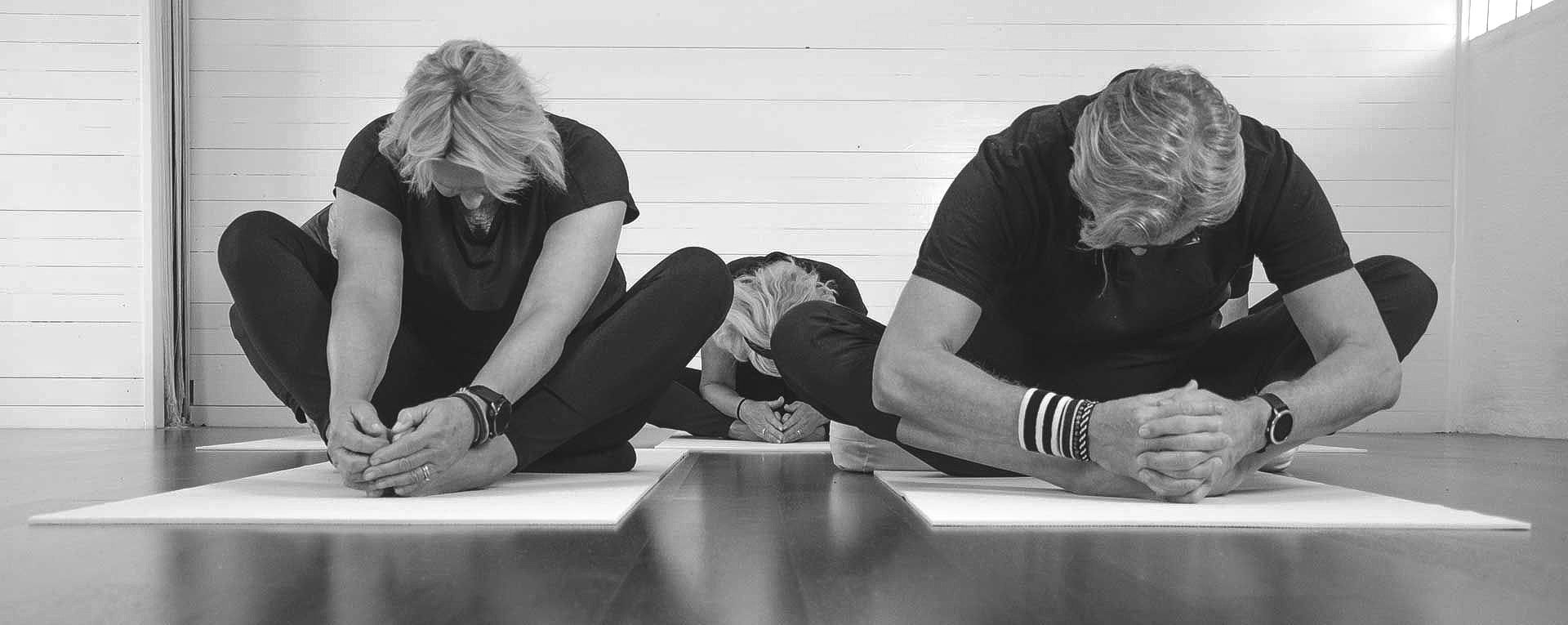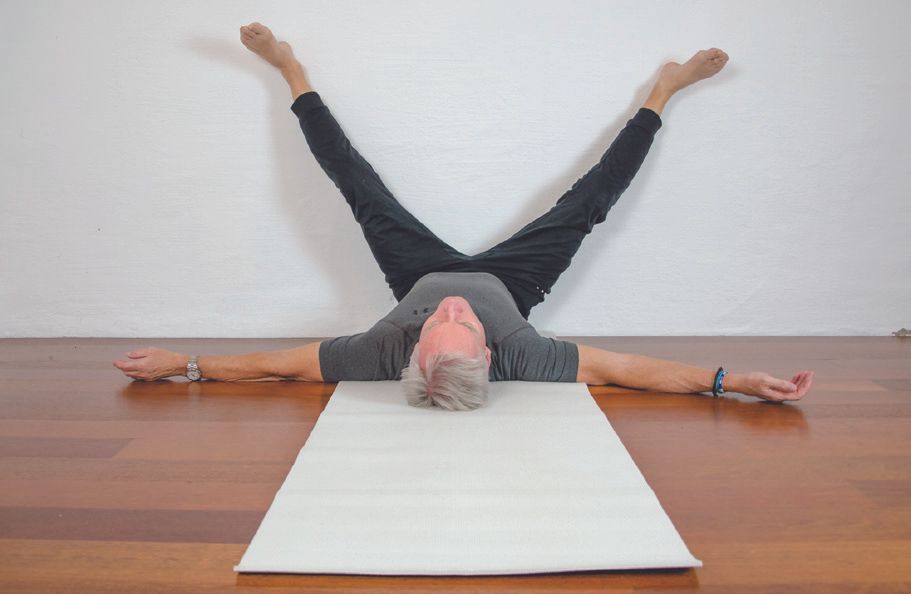Asymmetric Poses For A More Symmetrical Body
As we age, our bodies become more asymmetrical, putting pressure on one side more than the other. The result is that we can end up with shoulder, back, hip, knee, and ankle problems on the side that is most tense and where muscles, tendons, and ligaments are shorter.
This sequence of asymmetrical poses (stretching each side independently) is designed to bring back some of the symmetry we may have lost over the years.
This sequence of asymmetrical poses (stretching each side independently) is designed to bring back some of the symmetry we may have lost over the years.
Beginning. Savasana
Do a guided body scan. Go through your body from your neck, through your shoulders, biceps, hips, knees, calves, and ankles. How are they feeling?
Feel your weight, soften your jaw. Check out each side of your body.
Try some 4x4 breathing in and out to relax your body and mind.
Do a guided body scan. Go through your body from your neck, through your shoulders, biceps, hips, knees, calves, and ankles. How are they feeling?
Feel your weight, soften your jaw. Check out each side of your body.
Try some 4x4 breathing in and out to relax your body and mind.
Bananasana
Three minutes each side
This side bend stretches your muscles from the IT band to the intercostal muscles in the ribcage, your stomach muscles and even your biceps and triceps.
Counterpose: Hug/circle your knees.
This side bend stretches your muscles from the IT band to the intercostal muscles in the ribcage, your stomach muscles and even your biceps and triceps.
Counterpose: Hug/circle your knees.
Half Butterfly
Three minutes each side
This “best of both worlds” pose stretches your lower back and is great for tight hamstrings. It targets the ligaments along the back of the spine as well as the adductor (groin) muscles on your bent leg, opening up your hip.
Counterpose: Teepee, Window Wipers.
This “best of both worlds” pose stretches your lower back and is great for tight hamstrings. It targets the ligaments along the back of the spine as well as the adductor (groin) muscles on your bent leg, opening up your hip.
Counterpose: Teepee, Window Wipers.
Dragon
Three minutes each side
A super hip and groin opener that also stretches your glutes, hip flexors, and quads in your stretched leg.
Counterpose: Gently rock backward and forward in Tabletop.
A super hip and groin opener that also stretches your glutes, hip flexors, and quads in your stretched leg.
Counterpose: Gently rock backward and forward in Tabletop.
Sleeping Swan
Three minutes each side
Sleeping Swan targets your front leg, stretching your quads and hip flexors, as well as your IT band. It stretches your ankles on your extended leg.
Counterpose: Downward Dog or Child’s pose.
Sleeping Swan targets your front leg, stretching your quads and hip flexors, as well as your IT band. It stretches your ankles on your extended leg.
Counterpose: Downward Dog or Child’s pose.
Supine Twist/Twisted Root
Three minutes each side
This pose is great for releasing tension in your upper spine while stretching your shoulder joint. If you suffer from sciatica, then bring your bent knee closer to your chest to see if it helps.
Counterpose: Do the other side.
This pose is great for releasing tension in your upper spine while stretching your shoulder joint. If you suffer from sciatica, then bring your bent knee closer to your chest to see if it helps.
Counterpose: Do the other side.
Ending. Savasana for five minutes
How’s the left side of your body now compared to the right side?
We talk about bringing the symmetry back to our bodies. So that maybe means working on areas that are tightest, rather than working exactly three minutes per side?
The more symmetric we become, the less likely we are to suffer from the pain of overexerting one side. It’s obvious if you think about it.
How’s the left side of your body now compared to the right side?
We talk about bringing the symmetry back to our bodies. So that maybe means working on areas that are tightest, rather than working exactly three minutes per side?
The more symmetric we become, the less likely we are to suffer from the pain of overexerting one side. It’s obvious if you think about it.
More Sequences To Try
List of Services
-
Introduction to Yin Yoga SequenceIntroduction to Yin Yoga Sequence
-
Asymmetric Poses For A More Symmetrical BodyAsymmetric Poses For A More Symmetrical Body
-
Aching Shoulders & SpineAching Shoulders & Spine
-
For Relieving Stiff Backs And SciaticaFor Relieving Stiff Backs And Sciatica
-
For GolfersFor Golfers
-
For Walkers & HikersFor Walkers & Hikers
-
For Better SleepFor Better Sleep
-
For Healthier Knees And HipsFor Healthier Knees And Hips
-
A 30-Minute Sequence For Improving DigestionA 30-Minute Sequence For Improving Digestion
-
For SkiersFor Skiers

























